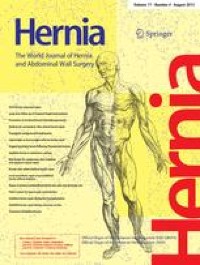-
TREPP – a relatively new preperitoneal mesh repair method
Dr. Reinhorn joined the forum a few days ago and talked about his use of TREPP. I had heard of it recently but did not know much about it. The rationale behind it makes sense. If the same logical thinking could be applied to mesh prosthetic development, along with research funds, many of the “mesh problems” might go away.
This thread can be a place to collect TREPP information. It seems unlikely that there are no TREPP patients that have had the typical mesh problems. But it is possible. It seems to fit somewhere between Lichtenstein and laparoscopy. It has the advantage of local anesthesia also.
Here is what seems to be one of the earliest TREPP studies. I will link to Dr. Reinhorn’s posts also.
https://link.springer.com/article/10.1007/s10029-011-0893-y
The transrectus sheath preperitoneal mesh repair for inguinal hernia: technique, rationale, and results of the first 50 cases
Original Article
Open Access
Published: 01 December 2011
volume 16, pages295–299 (2012)G. G. Koning, C. S. Andeweg, F. Keus, M. W. A. van Tilburg, C. J. H. M. van Laarhoven & W. L. Akkersdijk
.
.
Here is a thread that Chuck started, in which Dr. Reinhorn responded. He linked to some of his publications.https://herniatalk.com/forums/topic/why-is-dr-reinhorn-never-mentioned-on-this-forum/#post-37761
Log in to reply.

